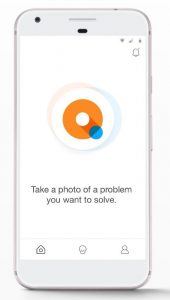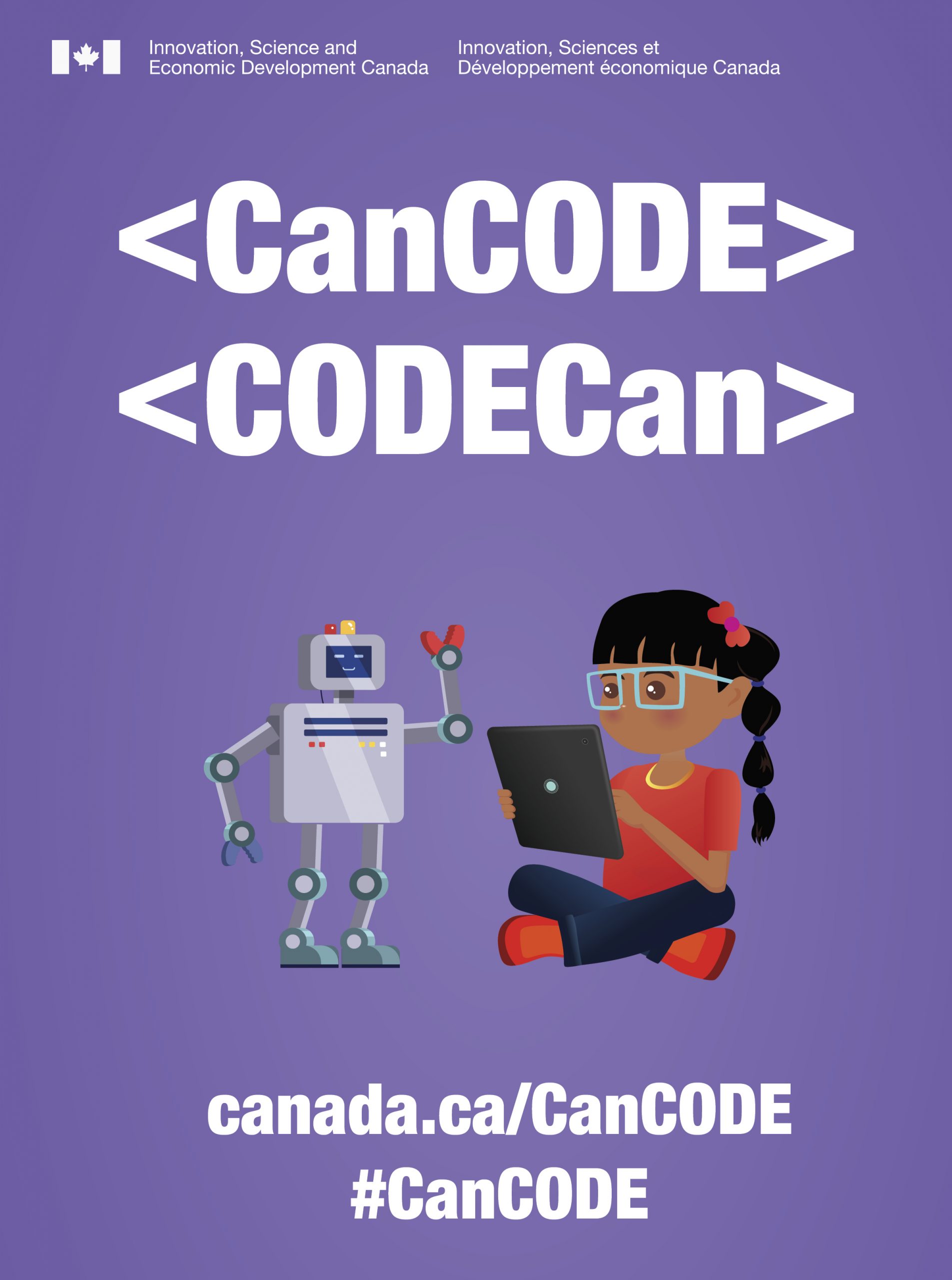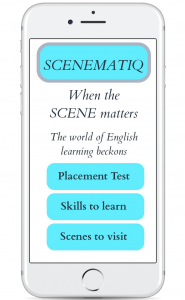Originally posted by David CHO on October 13, 2019 For my A1 assignment, I’ve chosen to create a blog focusing on a mobile application called Qanda which…
Month: June 2020
Originally posted by brian ham on October 13, 2019 For my A1 project, I decided to do an analysis of Digital Formative Assessment Tools. I focused specifically…
Originally posted by norah smith on September 29, 2019 I had my nieces over to visit recently and they insisted on downloading some apps on my phone…
A1 – MyBlueprint
Posted in Mobile Education
Originally posted by Jennifer L on October 11, 2019 I have chosen to analyze MyBlueprint for my A1 project. MyBlueprint is an online portfolio, similar to…
<Resource Mining.> I was surprised to learn and rather ashamed not to know that “despite advances in publishing, books remain out of reach for large…
Originally posted by Kristie dewald on March 24, 2019 In my future cast, I am proposing an app that would lock down mobile device functions…
Kids can Code using Lightbot
Posted in Mobile Education
Original post by By Kat on February 9, 2019 Coding is a big deal right now. Worldwide, 36 million kids have taken part in “hour…
Original post by christopher wong on January 23, 2019 The size and mobility of devices allows technology education to occur in many underserved communities. Canada’s…
Originally posted by Lilian Lim on March 25, 2019 Mastering a new language in a classroom but without having extensive immersion in its culture has…





